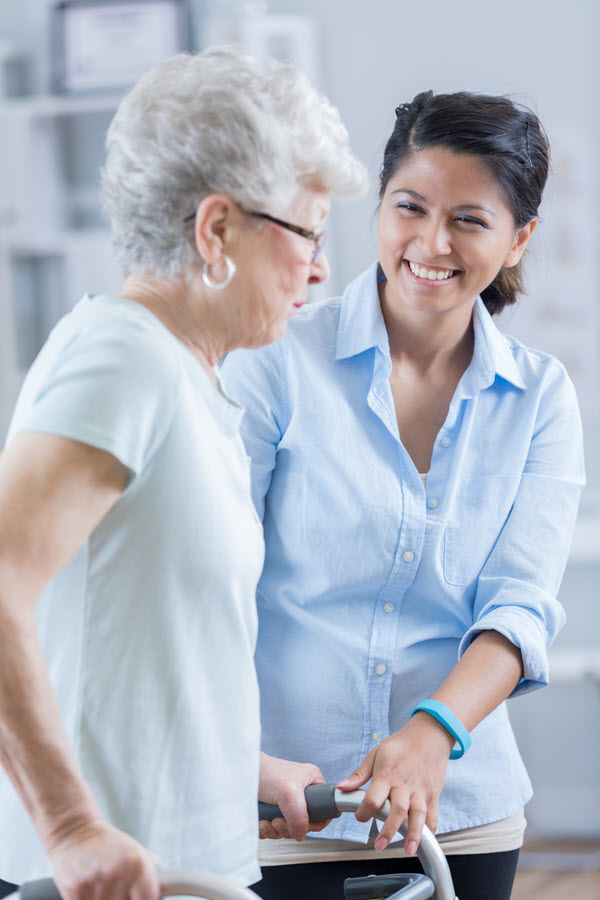Female patients ages 67 to 85 who sustained a fracture (except of the finger, toe, face or skull) should have a bone mineral density (BMD) test performed or be prescribed a drug to treat or prevent osteoporosis within six months of the fracture.
Osteoporosis is a bone disease characterized by low bone mass, which leads to bone fragility and increased susceptibility to fractures of the hip, spine and wrist.
A BMD test is covered for Peoples Health patients at $0 once every 24 months and more frequently if medically necessary. Prior authorization may be required for more frequent tests.
Primary Care Providers: To establish standing orders for Peoples Health patients, contact your Peoples Health representative at 1-800-631-8443, Monday through Friday, from 8 a.m. to 5 p.m., or email phn.provider@peopleshealth.com. We can set up eligible patients for an in-home bone mineral density test through Peoples Health or assist with scheduling if the patient prefers to have the test at a facility. Test results are faxed to you.
| Bone Mineral Density Test | CPT Code |
| Computed tomography, bone mineral density study, one or more sites, axial skeleton (e.g., hips, pelvis, spine) | 77078 |
| Appendicular skeleton (peripheral) (e.g., radius, wrist, heel) | 77081 |
| Dual-energy X-ray absorptiometry (DXA), bone density study, one or more sites; axial skeleton (e.g., hips, pelvis, spine) | 77080 |
| Axial skeleton (e.g., hips, pelvis, spine), including vertebral fracture assessment | 77085 |
| Ultrasound bone density measurement and interpretation, peripheral site(s) any method | 76977 |
| Vertebral fracture assessment via dual-energy X-ray absorptiometry (DXA) | 77086 |
Fall risk awareness
The relationship between osteoporosis and increased fall risk is well known. Osteoporosis weakens bones, and falls are a serious threat to people with the condition. According to the International Osteoporosis Foundation, once a fracture has occurred, the chances of having another increase. Patients diagnosed with osteoporosis may also have a fear of falling, which itself increases fall risk.
Assess patient
Conduct a fall risk assessment, such as the Time Up and Go (TUG), which checks gait, strength and balance. If the patient has two or more falls in the past year or any fall with injury within the past year, document “fall risk” in the patient’s chart.
TUG Assessment*
Record time required to complete the exercise. 12 seconds or more suggests fall risk.
- Patient starts in a seated position.
- Rises to a standing position.
- Walks three meters (10 feet) at normal pace.
- Returns to seated position.
Share tips for how to reduce risk
The National Council on Aging’s handout Get the Facts on Osteoporosis, Falls, and Broken Bones is a free resource available for download. The two-page handout explores the link between osteoporosis and fall risk and offers prevention steps, which include sufficient vitamin D intake, regular physical activity and home safety measures. Visit the International Osteoporosis Society Fall Prevention website page for tips to offer patients on fall-proofing the home.

